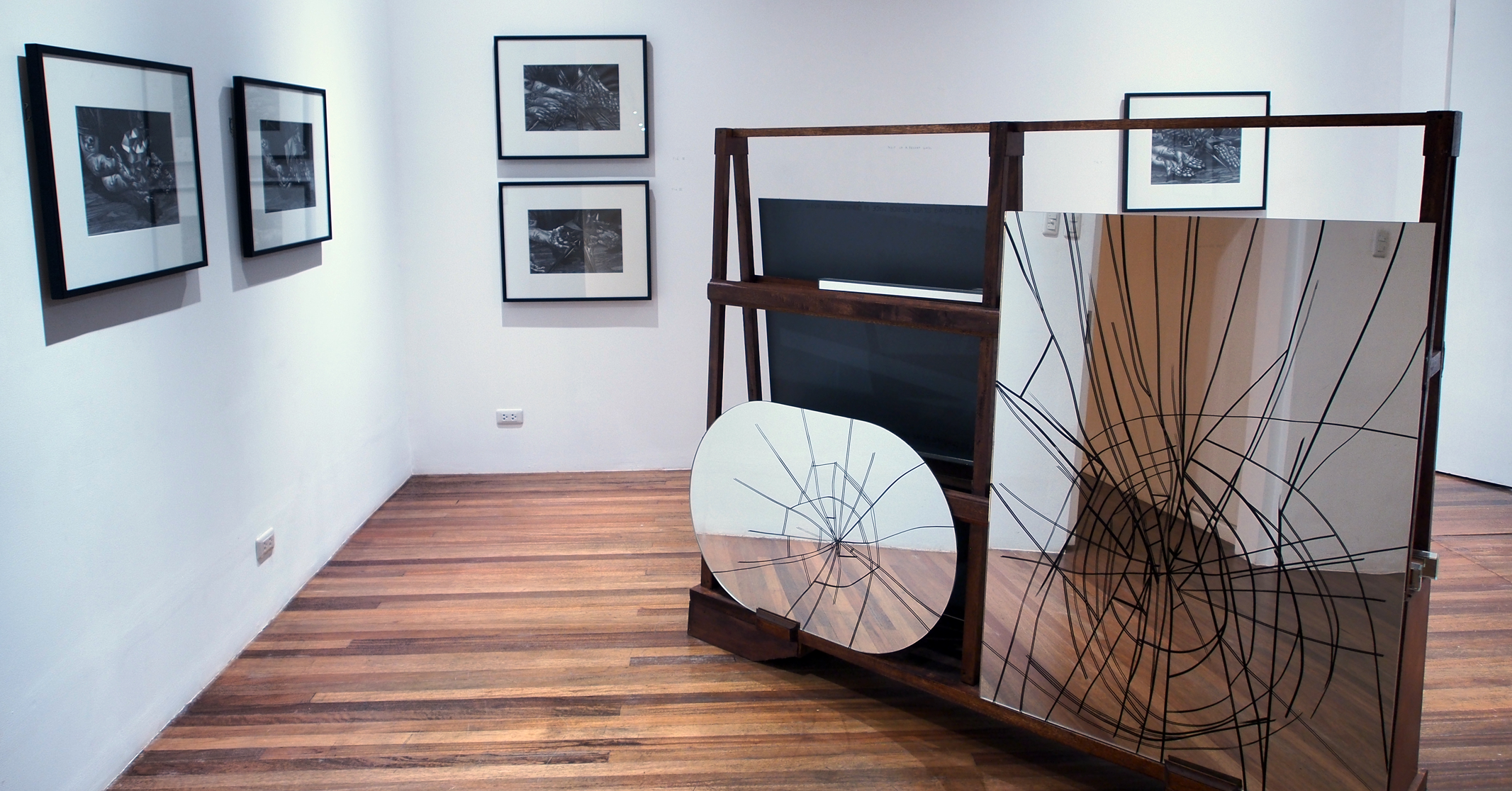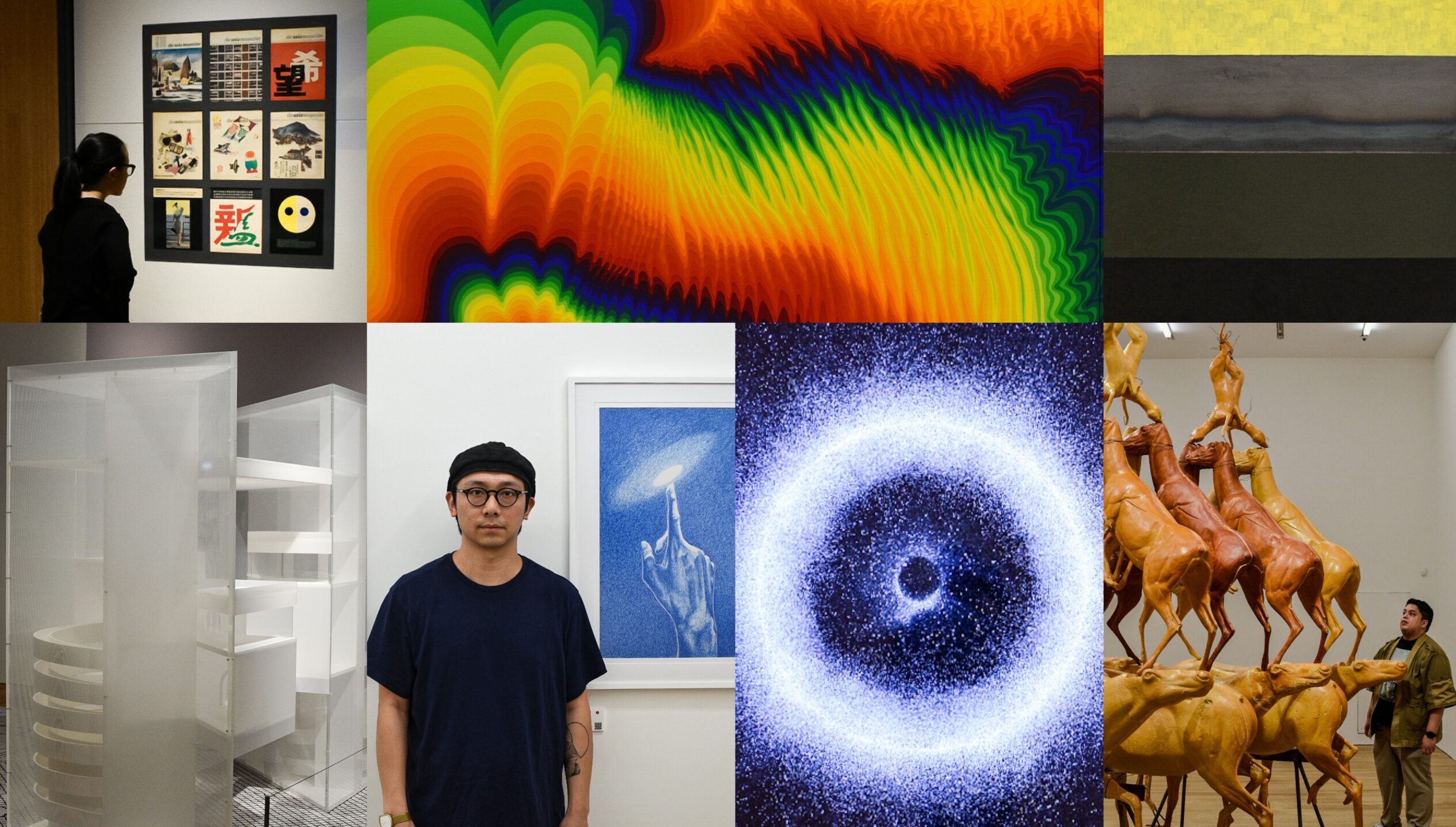With the closing of the physical space, gallerist Tina Fernandez reflects on Artinformal Greenhills’ evolution from a school to a gallery and shares her vision for its future as a hub for dialogue
Nestled in a quaint white house on Connecticut Street, Artinformal Greenhills served as a vibrant gathering place for artists, curators, collectors, and students.
The converted home offered a unique space for art exhibitions. Openings were accompanied by the presence of manong with his iconic fishball cart while lively conversations ensued over the free-flowing drinks and the visual stimulation of art.
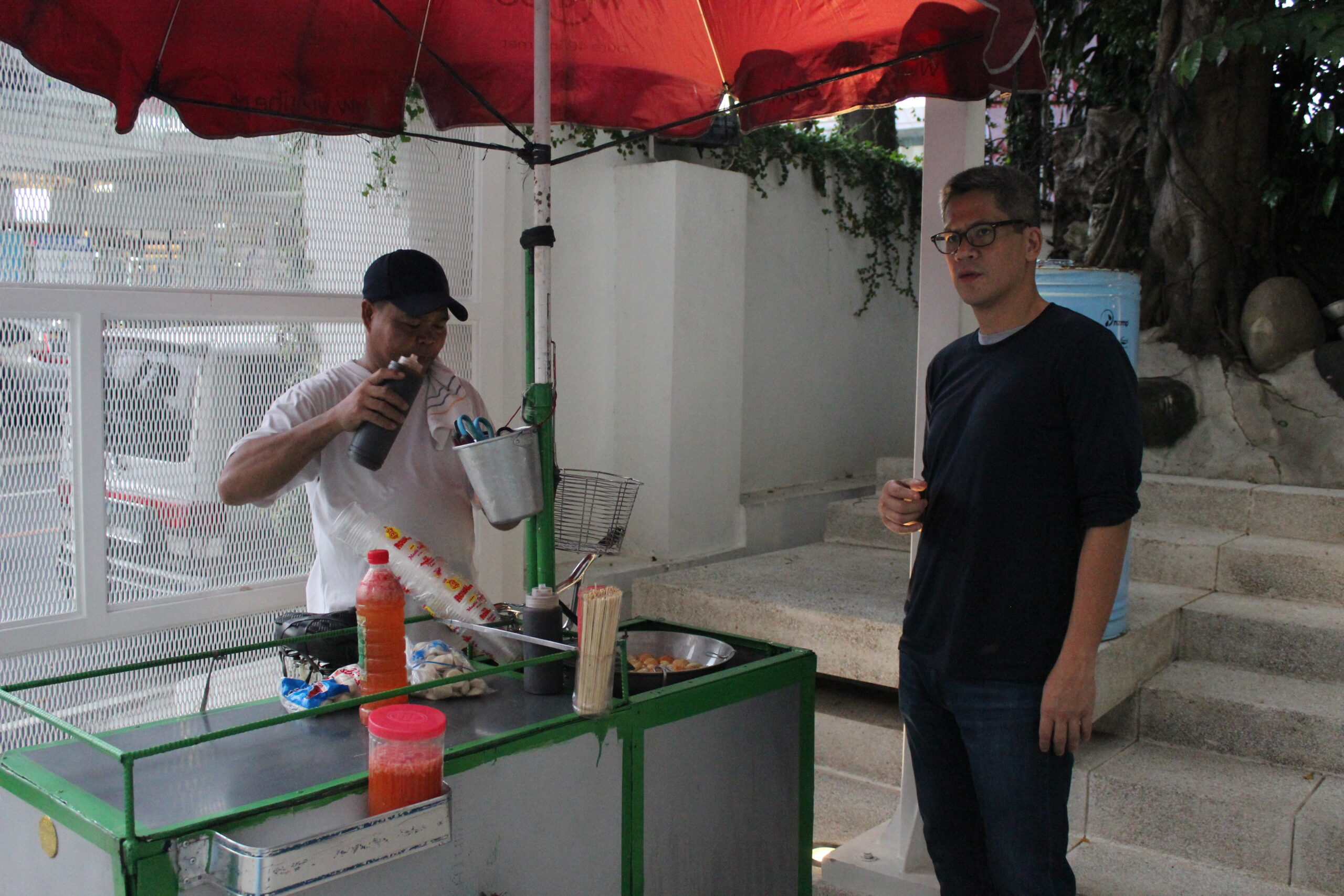
READ MORE: If not Erwin Romulo, who?
Originally the family home of gallery owner Tina Fernandez, the gallery was established in 2006. Although it first began as a school for learning art-making processes in the early 2000s when appreciation for contemporary art was still budding, Artinformal ultimately played a pivotal role in shaping the Philippine art landscape and cultivating a wider appreciation and understanding of art.
The early days of Artinformal Greenhills
Fernandez lived in the house along Connecticut until the age of two before moving to her grandparents’ home in Pasig. For many years the house was used as a preschool. At the time, Fernandez would go to different galleries and encounter misconceptions and dismissive attitudes, particularly towards abstract paintings.
“We would often hear people asking each other, ‘Bakit ganyan? Why is this nice?’ They see an abstract work, and they say, ‘That’s so easy. I can do that. My child can do that.’ So I thought about it and said, ‘The reason why they don’t understand or trust the aesthetic is because they probably don’t know the process of art-making.’”
Fernandez recognized a need for a deeper understanding of art among the public and decided to lease the house, which was closing as a preschool, and do something special. “Carrying on with the place as a school—the education aspect was the vibe the house always gave me. I wanted people to learn how to appreciate art by learning the process of art-making.”
Together with close artist friends, they established Artinformal as a school to bridge the gap between the audience and art by focusing on the process of art-making.
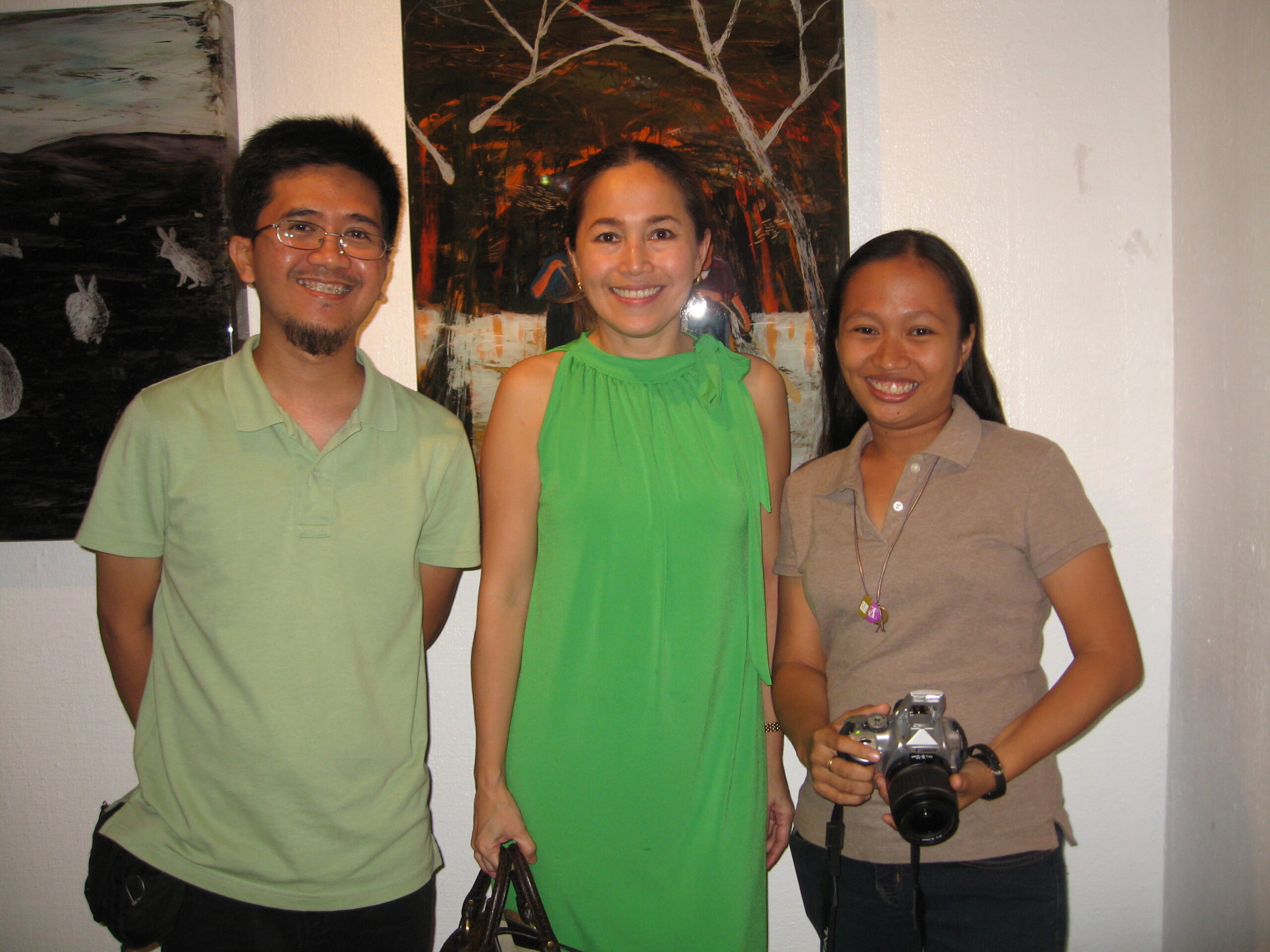
The teachers at the time are all now esteemed artists both locally and internationally: Salvador Alonday, Riel Hilario, Erwin Leaño, Jim Orencio, John Santos, Pam Yan Santos, Tatong Torres, Costantino Zicarelli, Pablo Capati, Rodel Tapaya, Marina Cruz, and even Maria Taniguchi who at one point taught in Artinformal.
At the time, there wasn’t much of a contemporary art scene in the Philippines. “It was fertile ground for learning. It was most satisfying when these people learned how to do it because they too understood why they liked a certain work. And because they were understanding the thought processes, they were buying the works of their teachers… That’s the reason why Artinformal became a gallery because we were starting to sell.”
At a certain point, many of the artists stopped teaching, as they took on more projects for solo exhibitions and gained more fame. Eventually, it was officially established as a gallery in 2006.
A space for care and conversations
As a gallery, Artinformal continued to challenge the status quo. In the early 2000s, when most of the galleries were in malls, this new space opened up a new kind of art market in the Philippines.
“I would hear a lot of complaints from artists saying they have to take care of printing their own invitations, the cocktails, etc. So I thought, ‘Why don’t we professionalize the gallery system?’ The gallery takes care of everything, and all the artists have to worry about is doing their art.”
The gallery flourished, as Artinformal poured resources into certain artists’ careers. They handled artists on an exclusive basis and promoted them not just in the Philippines but also abroad.
Fernandez’s work as a gallerist nurturing young artists brought attention beyond the old Filipino Masters. She mentions how it was mostly through word of mouth that the art-collecting community grew.
The gallerist fondly remembers how now world-renowned artists like John Santos, Pam Yan-Santos, Marina Cruz, and Rodel Tapaya had their early works in Artinformal’s Art in the Park booth selling for thousands but now go for millions. She also mentions the artists exclusive to Artinformal who are sought-after and well-known for their processes and aesthetics—JC Jacinto, Zean Cabangis, Cos Zicarelli, and Nice Buenaventura.
READ MORE: Everything you should know about Art in the Park 2024
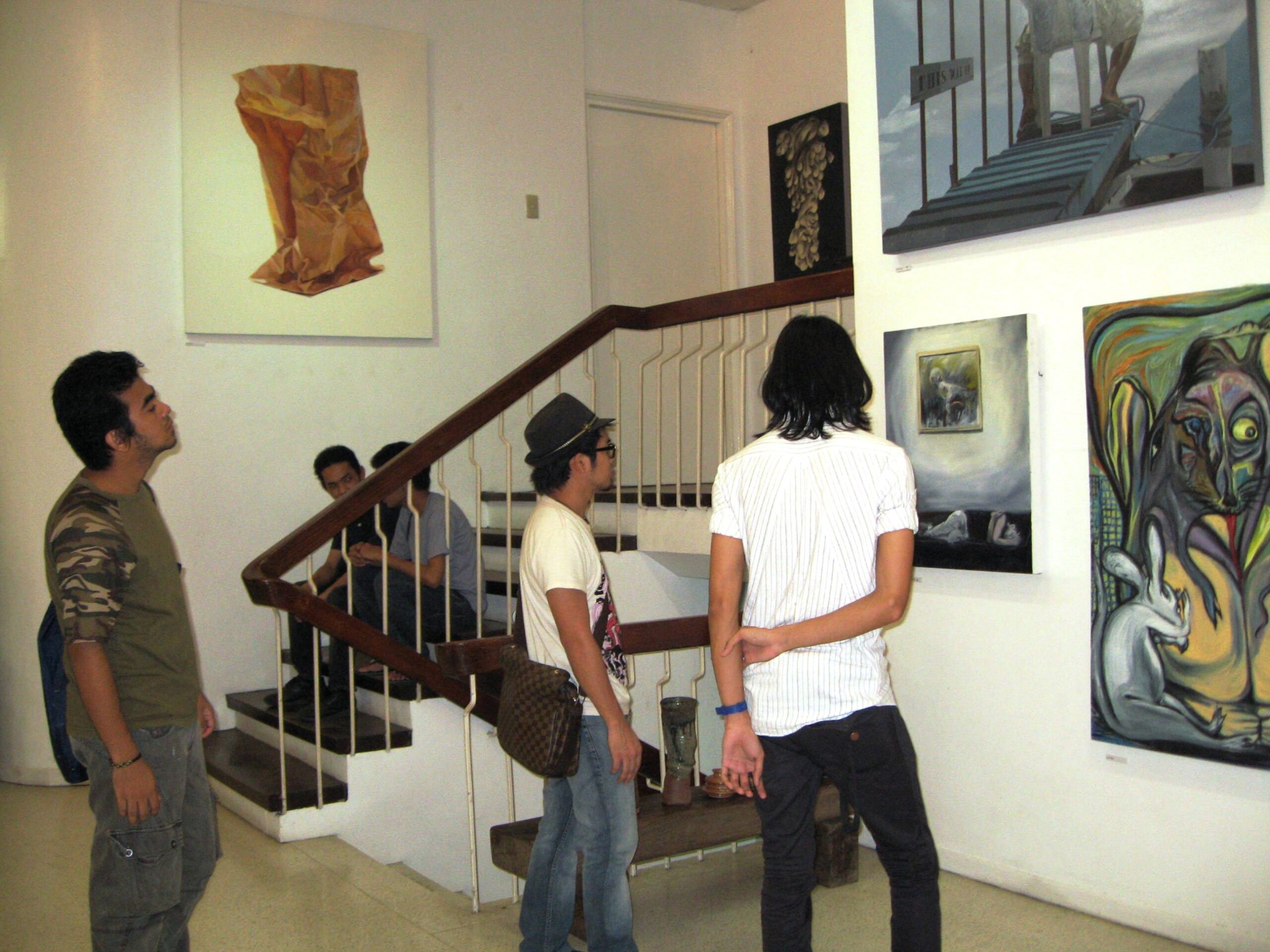
“I choose artists whose works may not be easily understood at the beginning. But when you engage with the audience and continue to show the work of these artists, eventually people understand. But that’s, of course, with a lot of conversation happening between me, the viewer, and the artists.”
Fernandez also recounts how the school’s influence extended beyond traditional art forms, creating a market for pottery as students or budding collectors began to realize the effort that goes into making one-of-a-kind bowls and plates.
“We took a risk showing pottery. Ceramicists were used to having their work in stores with pieces not being taken as much care of. Nor were they used to dealing with a curator. As the viewing public learned more about pottery, the potters themselves also learned how to navigate a community that cares.”
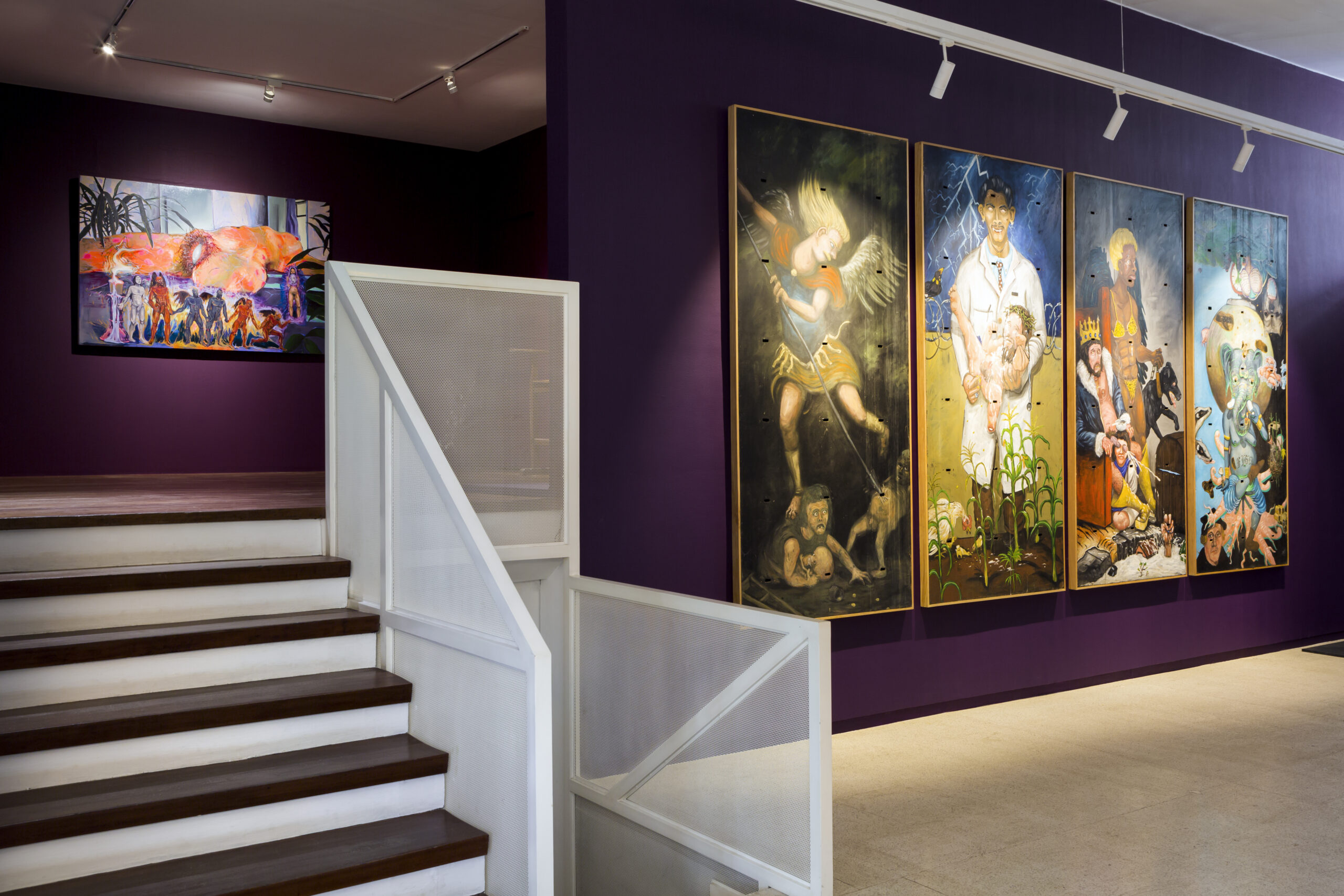
Artinformal Greenhills was favored as a space for curators, who found the layout interesting for its spatial personality as a home. Apart from solo exhibitions, multiple artists chose to exhibit their work in group shows. Erwin Romulo curated a show alongside Norman Crisologo, the latter of whom curated a handful of exhibitions, too.
READ MORE: Outsider art by insiders: ‘Abortion of Cute’ at Artinformal
Fernandez says, “It’s not just about the space itself but the energy the space gives. I think the energy also comes from being a genuine place for learning. There are a lot of conversations that have happened in that place. You would have different abstractionists getting together with social realists or figurative artists. They don’t even talk about art. They just talk about life.”
New Artinformal spaces for conversation
The spirit of meaningful conversation finds a new home in the lounge area of Artinformal Makati in Karrivin Plaza, which was established in 2017. Here, informal exchanges are given room to flourish, reflecting the gallery’s commitment to fostering a vibrant community of conversation.
READ MORE: The latest book launch of Jigger Cruz fills the pages with paint
Meanwhile, the legendary Artinformal Greenhills space is poised for a new chapter. Keeping its legacy of learning alive, the space will be rented out to Abba’s Orchard Montessori School—a fitting continuation of its role as a center for education and inspiration.
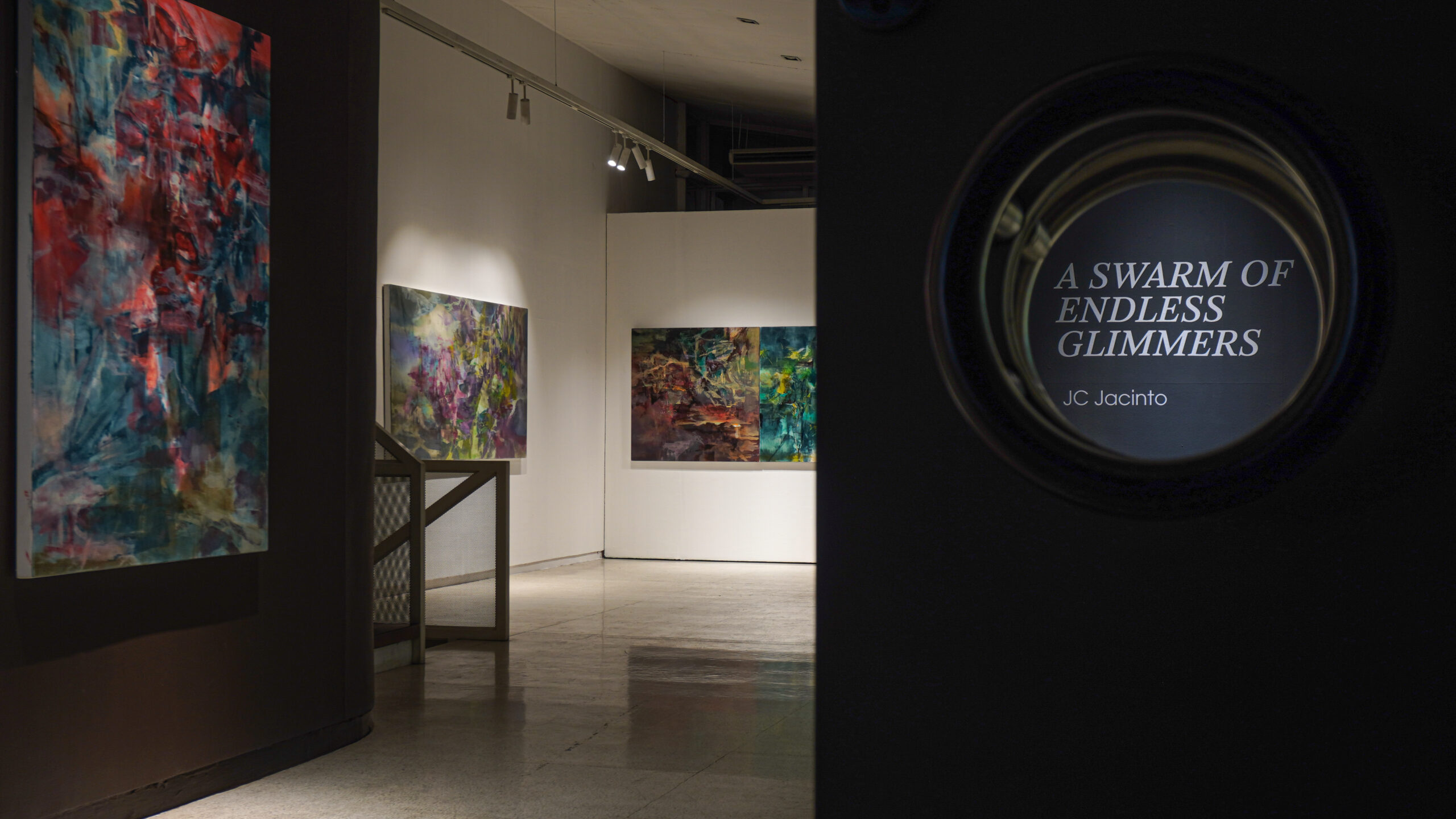
But ever the go-getter, Fernandez is now slowing down. “It’s time for me to wind down now because I have two spaces in Makati, the gallery and the store Aphro…. But I think I’m going to do something else again.”
She envisions a new space in Karrivin, one that will uphold Artinformal’s tradition of sparking dialogue and collaboration. This private venue, accessible only by invitation, will serve as a gathering place for intimate conversations among artists, writers, curators, and collectors.
“It’s going to be a space that keeps AiGH alive because it’s going to be a place for conversation,” she says, “People say there are no art critics, when in fact there are. I think what they miss is those magazine critics, but maybe that’s not how it should go anymore. It’s not about art criticism, about putting down something but about trying to learn, to understand an exhibition or a work. I want the space to be a place where it evolves into a serious conversation but at the same time having fun discussing.”
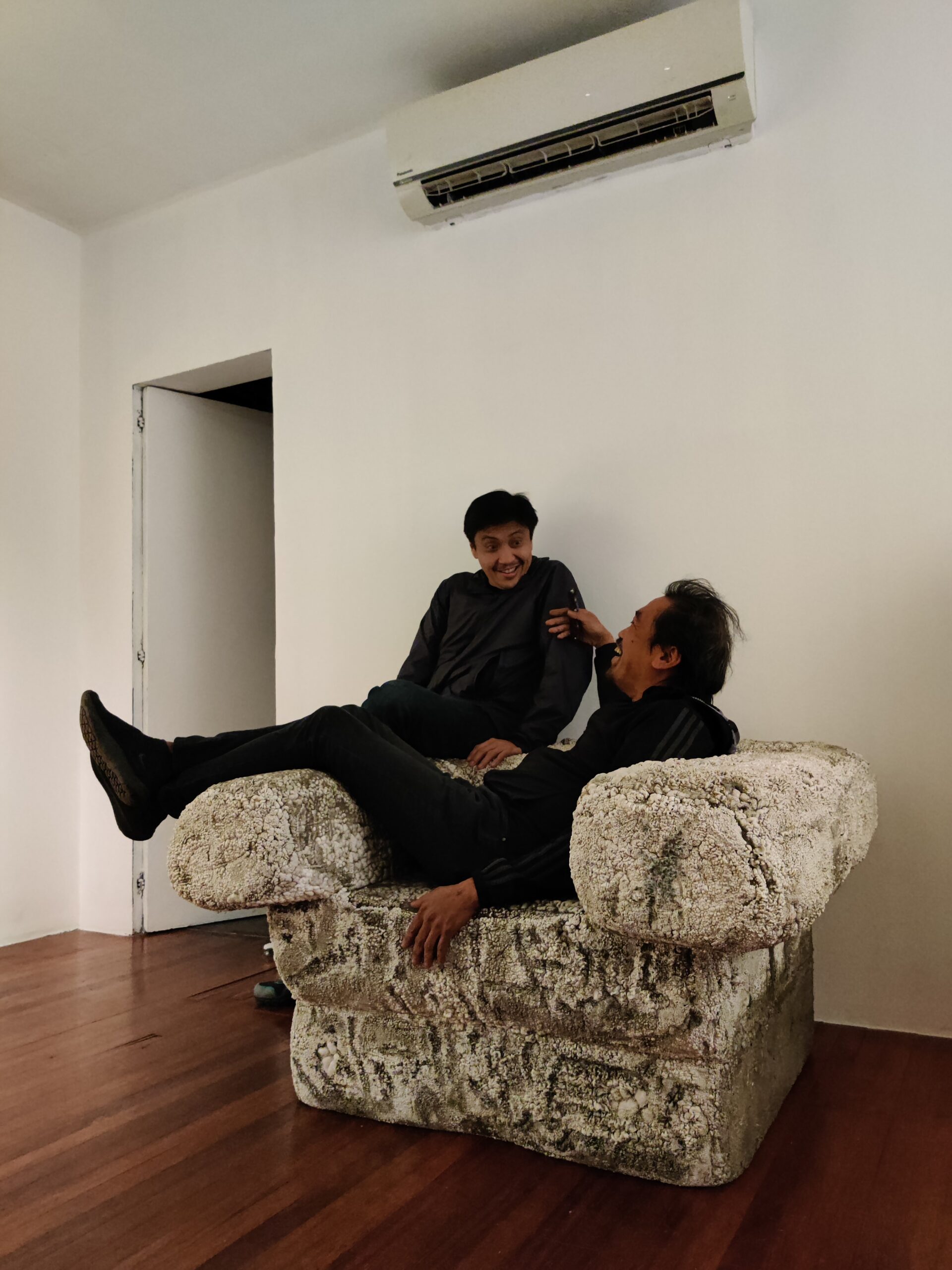
****
Once, feeling withdrawn at an opening, Fernandez approached and told me, “Everybody is deserving of your time.” While this statement made an impact I’ll never forget, it also echoed Fernandez’s commitment to engage with every individual who steps into the gallery.
“The role of my gallery is to take time with people. I’m very passionate about my appreciation of the works of the artists and maybe that passion is infectious. Suddenly the viewers eventually see what I see. And then they can’t get enough of it.”
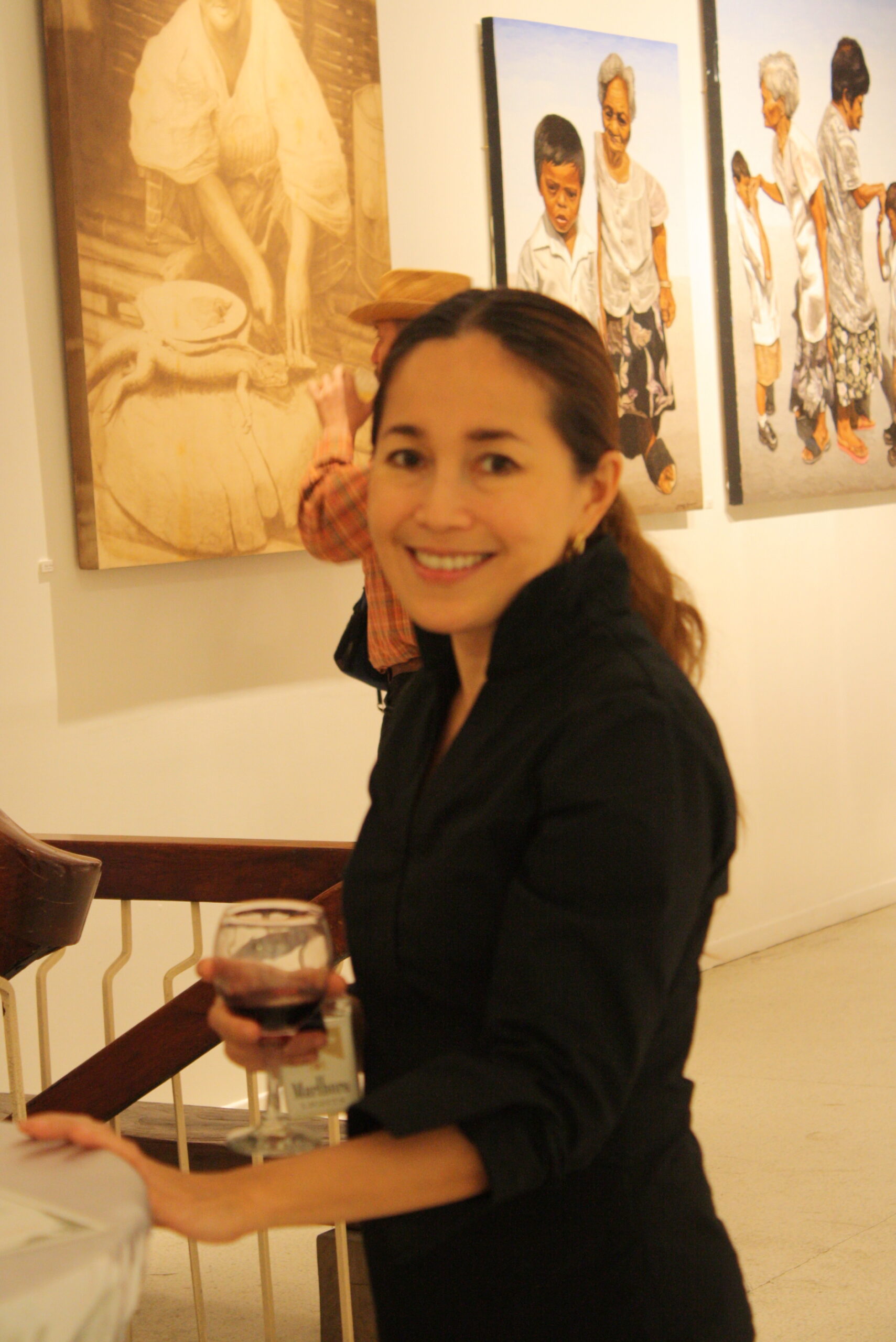
Despite being one of the most established gallerists in Southeast Asia, Fernandez remains open to new perspectives, particularly from students who offer fresh insights. This receptiveness to learning ensures that Artinformal continues to evolve as a dynamic hub of artistic exploration.
As Fernandez continues to lead initiatives like ALT Philippines and oversees the dynamic programs at Artinformal Makati and Aphro, the legacy of Artinformal Greenhills lives on.
While Artinformal Greenhills has had its run, it planted the seeds that helped the local art scene flourish, and many artists took their work abroad to show the talent of artists from the Philippines. Now carrying its spirit to the Artinformal spaces in Karrivin, Fernandez’s work anticipates the conversations in the art community evolving into transformative projects, shaping the future of art in the Philippines and beyond.
Special thanks to Tina Fernandez and Ava Tungol.

